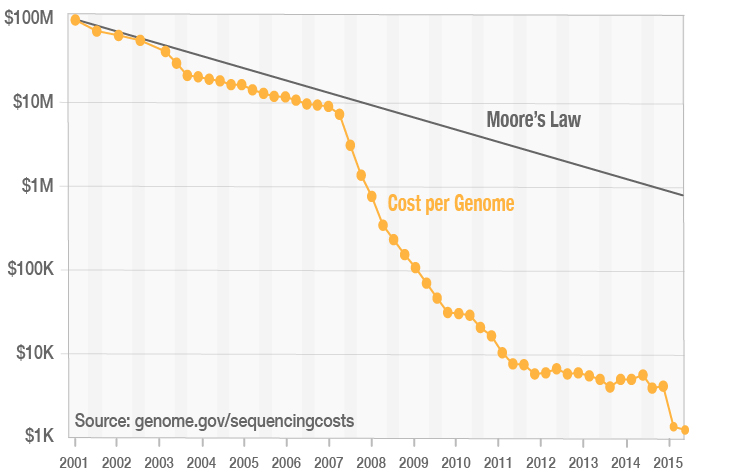-
Asked by on 15 Jun 2020. This question was also asked by .
Question: How many years will moores law remain true for?
- Keywords:
-
anon answered on 16 Jun 2020:
Very good question! Actually we’re now starting to talk about “the end of Moore’s Law”, and Gordon Moore himself thinks the law will end by 2025. Making things smaller and smaller is a good method up to a point – others in this thread have mentioned that this means the devices use more power, and heat up more. Another issue is that something known as “quantum tunnelling” comes into play – this is quite a strange thing where electrons (the small particles which move to make electricity, and which make all circuits work) suddenly behave like waves instead of particles. This lets them “jump” (or “tunnel”) from one very tiny wire to another one near it, meaning that a wire which had (and was meant to have) a value of ‘1’ suddenly has a value of ‘0’, and the other way around for the wire which the electron has jumped to. This means nothing would work at all! Of course, scientists and engineers are working on new materials which stop this from happening, but there will be a point where we just need a new technology to come along.


Comments